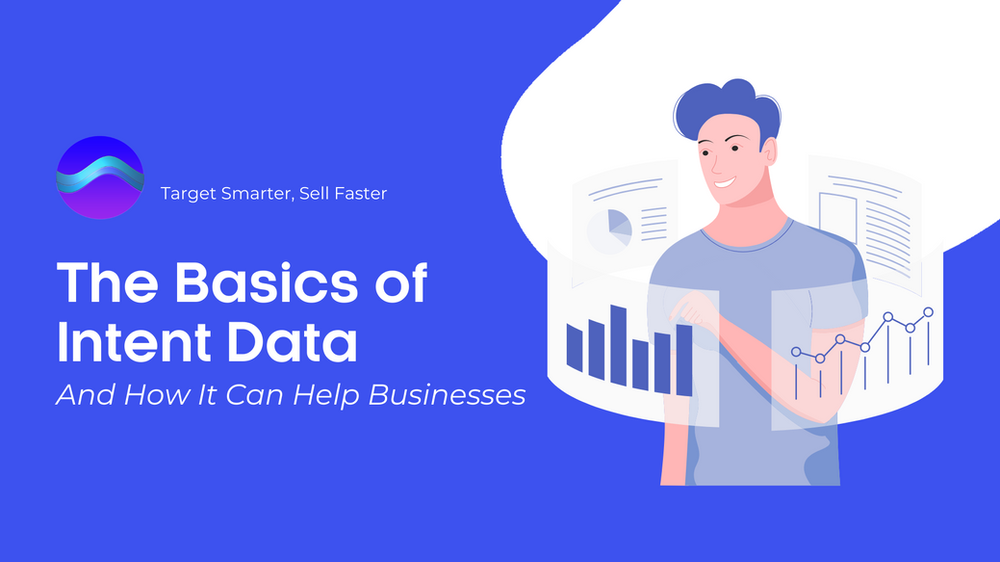Digital marketing is a necessary process for companies today because it’s an efficient way to promote their products or services. Because of this, it also enables companies to connect with their target audiences more effectively and efficiently. There are many types of digital marketing, but a company shouldn’t rush things because executing plans without proper preparation leads to failure. Luckily, intent data can help.
Intent data refers to the data used by companies to understand what their target audiences are interested in. This data type can be collected through various methods, such as online surveys, social media monitoring, and website analytics. Once a company has this data, it can use it to create more targeted and effective marketing campaigns. However, many companies still struggle to use this data effectively because collecting and analyzing it is complicated. For this reason, we’ll guide you on how to do so and how it can improve your business.
The Role of Lead Generation
Before entering intent data, you should know about lead generation because they’re closely related. Lead generation is the process of creating interest in a company’s products or services. This is done by creating content that educates and informs the target audience about the company’s offerings. The content must be compelling and interesting enough to get the audience’s attention and convince them to take action, such as subscribing to a newsletter or visiting the company’s website.
For example, if a company sells software that helps businesses manage their finances, it might create blog articles, infographics, or eBooks that teach businesses how to manage their finances better. The goal is to get businesses to see the value in the company’s software and subscribe to its newsletter or visit its website.
What Is Intent Data?
As mentioned earlier, intent data is used by companies to understand their target market better. However, this is not the only purpose of intent data because it can also be used to identify sales opportunities and what’s relevant to your audience. Lead generation comes into play because intent data can be used to create targeted content that speaks to the needs of your target market. This content can then generate leads and convert them into customers.
The most common method of intent data collection is through cookies. Cookies are small data stored on a user’s computer when they visit a website. They track the user’s activity and collect information about their interests.
Another way companies collect intent data is through pixel tracking. Pixel tracking is a method of tracking that uses a small image placed on a website. When a user visits the website, the image is downloaded, and the user’s IP address is recorded. This information is then used to track users’ activity and collect data about their interests.
Types of Intent Data
There are two types of intent data, such as:
Internal Intent Data
Also known as first-party intent data, this is collected by a company about its customers and their interactions with the company’s website, products, and services. This data can be used to improve the company’s marketing and sales efforts by understanding the customer’s needs and desires.
External Intent Data
Also known as third-party intent data, this kind of intent data is collected by companies that collect data from multiple sources and then sell it to other companies. Companies can use this data to improve their marketing and sales efforts by understanding the needs and desires of their customers.
Turning Intent Data into Valuable Information
Intent data is valuable because it can help you understand what your customers want and how they want it. It can also help you know your competitors’ actions to attract and retain customers.
To turn intent data into valuable information, you must be able to:
- Analyze – Analyzing intent data involves understanding what the data means and how it can be used to improve your marketing and sales efforts.
- Visualize – Visualizing intent data involves creating graphs, charts, and other visual representations of the data to help you understand it better.
- Interpret – Interpreting intent data involves understanding what the data means and how it can be used to improve your marketing and sales efforts.
- Apply – Applying what you’ve learned from your intent data is the most critical step because it can make or break your marketing efforts. It won’t always be effective, so you must make changes when necessary.
Possible Challenges
While using intent data is highly effective for marketing, you may run into several problems, such as:
Difficulty Sourcing Relevant Data
With the availability of so much data, it can be challenging to determine what’s relevant to your business. Data can quickly become inaccurate or outdated, so you must know how to filter out the noise and focus on data that will help you improve your marketing.
High Costs
Intent data can be expensive, so you need to make sure you’re using it wisely. Make sure you’re only targeting high-value prospects and that you’re using data that’s relevant to your business.
Data Quality
The quality of intent data can vary, so you must be sure you’re using data from a reputable source. You should look for data that’s been collected from multiple sources, and that’s been verified for accuracy to get better results.
Conclusion
Intent data is crucial for any digital marketing strategy because it allows you to target your audience effectively. Since intent data is highly effective, using it is essential for any business that wants to stay ahead of the competition. Ultimately, it boils down to finding relevant data to supplement your marketing efforts for better results.
Acquisent provides top-quality services for intent-based marketing. We understand the needs of businesses, so our marketing professionals will collaborate with you to ensure your business goals are achieved. Simply go to our website to book a demo!


